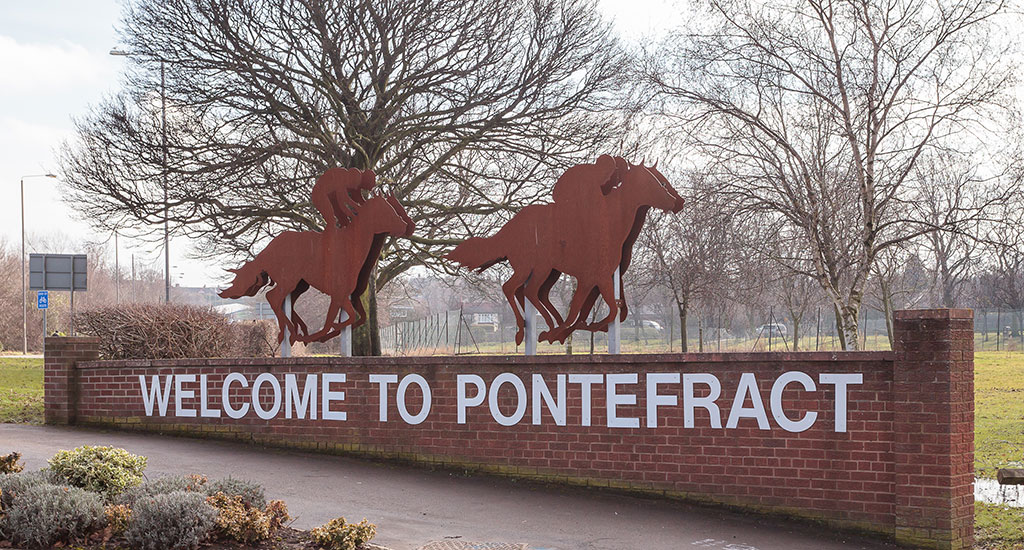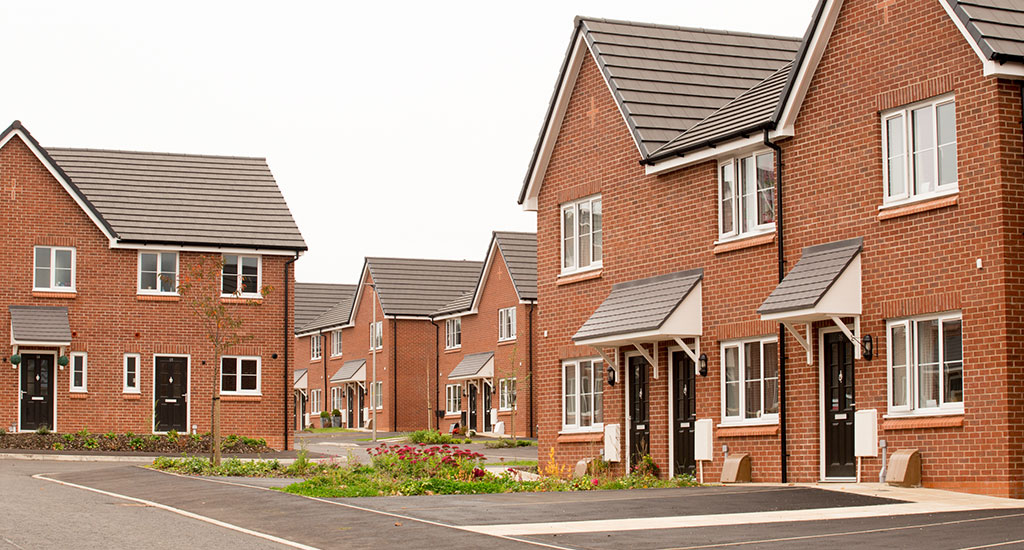Recent statistics by Your Move has found that buy to let investors in the South are looking to the North for higher returns, as properties in northern areas continue to outperform rival regions.
The UK rental market in general has remained steady over the last 12 months, however some areas have been growing at a rapid rate.
Prices in the West Midlands grew by 3.3% to £638 whilst Yorkshire and the Humber region now has an average rent of £589, following a 2.3% increase over the last 12 months.
The biggest decreases were seen in the East of England, with the average rent dropping by 2%. London also saw a decrease of 1.3% but remains the most expensive area to rent, with the average rent standing at £1260 pcm.
Rental yields in the North East generate the highest returns typically achieving 5% whilst the North West was 4.8%. This is in stark contrast to London where average returns are 3.2%.
The North West has spearheaded the Northern Powerhouse resurgence, due to the huge regeneration and investment spent in the area over recent years. This has led to a major influx of businesses that have established themselves in the North West, the best example being MediaCityUK.
Home to the BBC and ITV, it has completely reinvigorated Salford Quays, which was derelict land 30 years ago and is now significant to the growth in Greater Manchester, experiencing unprecedented levels of investment.
City mayor Paul Dennett said “In the last two years Salford’s economy has grown by almost £230m, with 900 more businesses and 1,200 extra jobs being created,”
“MediaCityUK is second only to London for digital businesses and will double in size over the next 10 years – and that’s just one element of Salford’s success story.”
The North West is an attractive place to live and a hotspot for young professionals choosing to relocate there due to its better quality of life than London, whilst still providing excellent career prospects. In addition to this, the North West is also home to several universities and has the highest percentage of graduates that choose to stay in the area after graduation, figures indicate as many as 66% stay, topping London at 65%.
With this in mind it is easy to see why so may buy to let investors are heading North for their next investment, demand isn’t slowing down with 6,000 apartments set to complete in Manchester alone this year.
Liverpool is also undergoing a similar renaissance and surrounding smaller cities, in particular those with a large student population like Sheffield, Stoke and Preston are seeing a knock on effect, becoming popular investment locations.
Martyn Alderton, Director at Your Move said, “We continue to see landlords in the south of England looking further afield for their next rental opportunity, as northern properties deliver stronger yields. The growth of the urban rental market has created yield hotspots for private landlords in northern cities like Manchester and Liverpool. Universities in these major cities are attracting students from across the country. Young professionals are also increasingly relocating to the North.”
The North is clearly a key region to explore in relation to Property Investment, with high demand for major cities and also smaller surrounding cities that have the potential to be attractive investment opportunities, at the start of an upward curve.
Phil Mulroney, Operations Director at Fitzwilliam Capital Partners said, “The majority of our developments have been in the North, due to the higher yields and capital growth potential and we continue to seek out potential hotspots and areas of regeneration and growth, that will deliver the best returns for our investors”
At Fitzwilliam Capital Partners we specialise in developing luxury new build property in some of the UK’s most flourishing growth areas and investors can benefit from high yield property investment opportunities and our free investment services.
To find out more about our developments in the North and the services we provide, get in touch today at hello@fitzwilliam-cp.com or 0161 641 3100.










